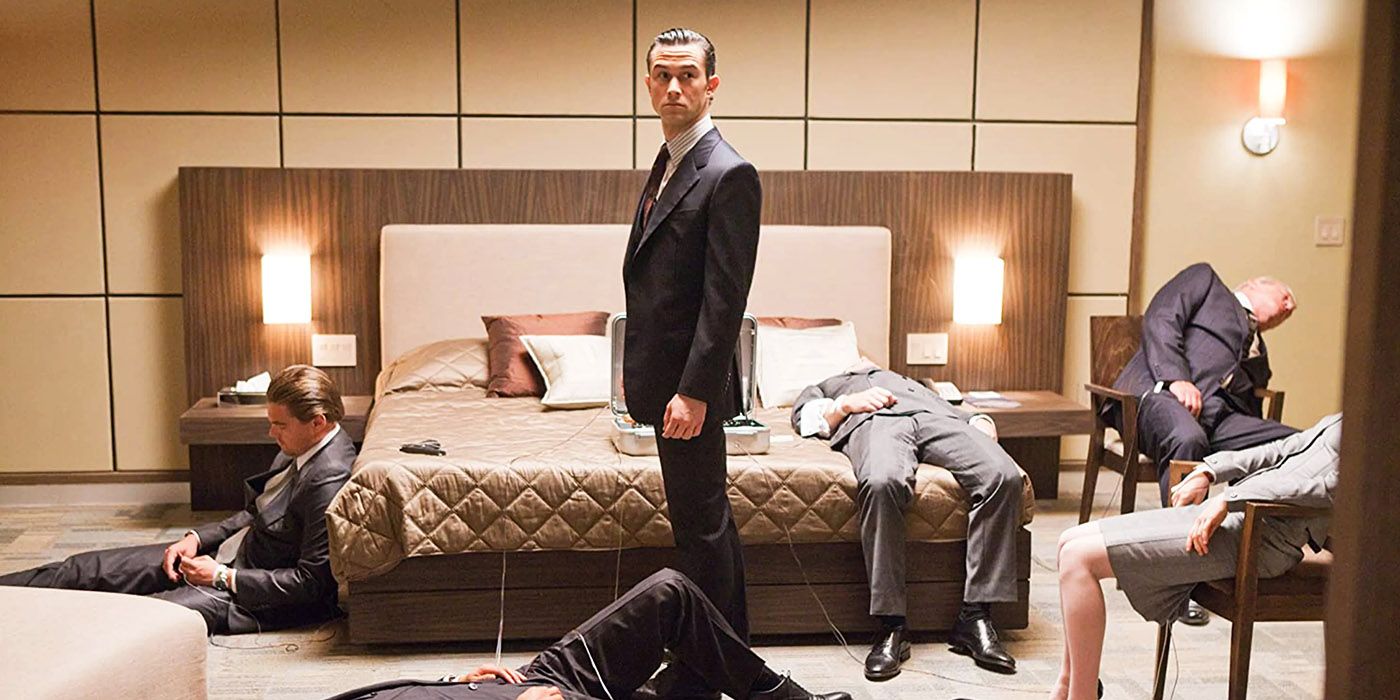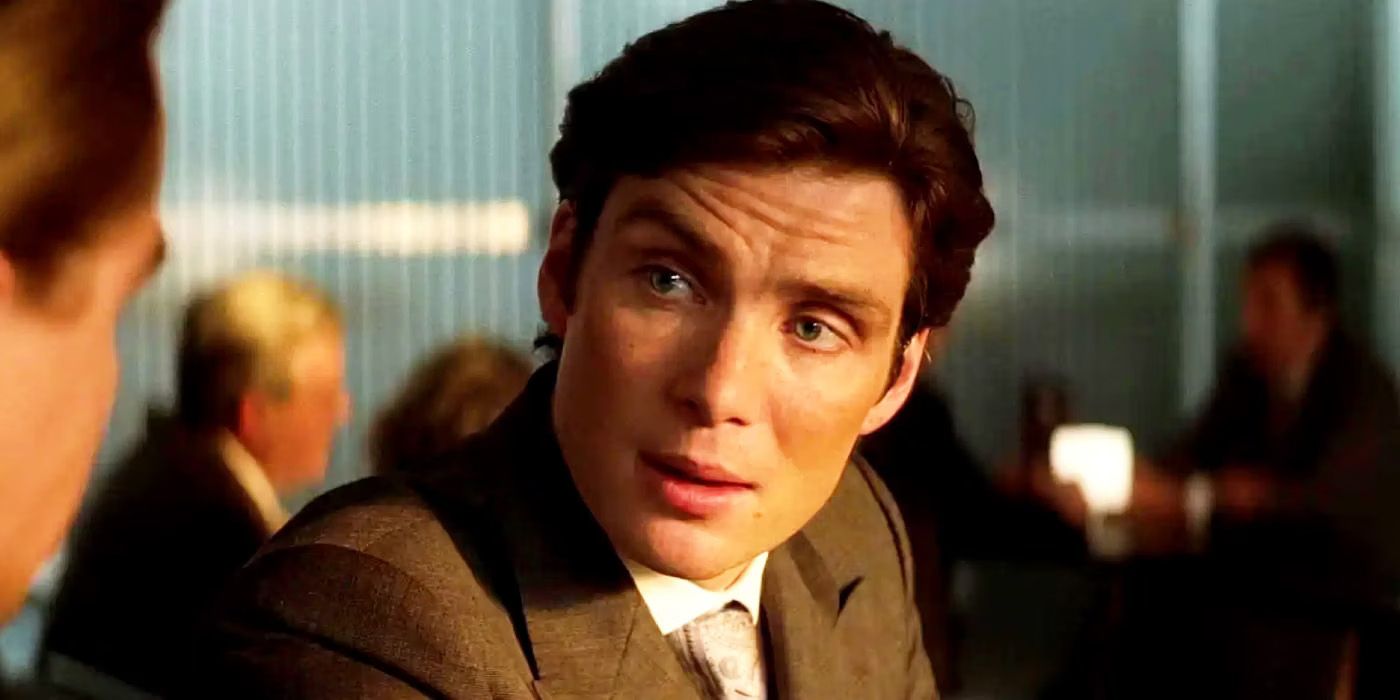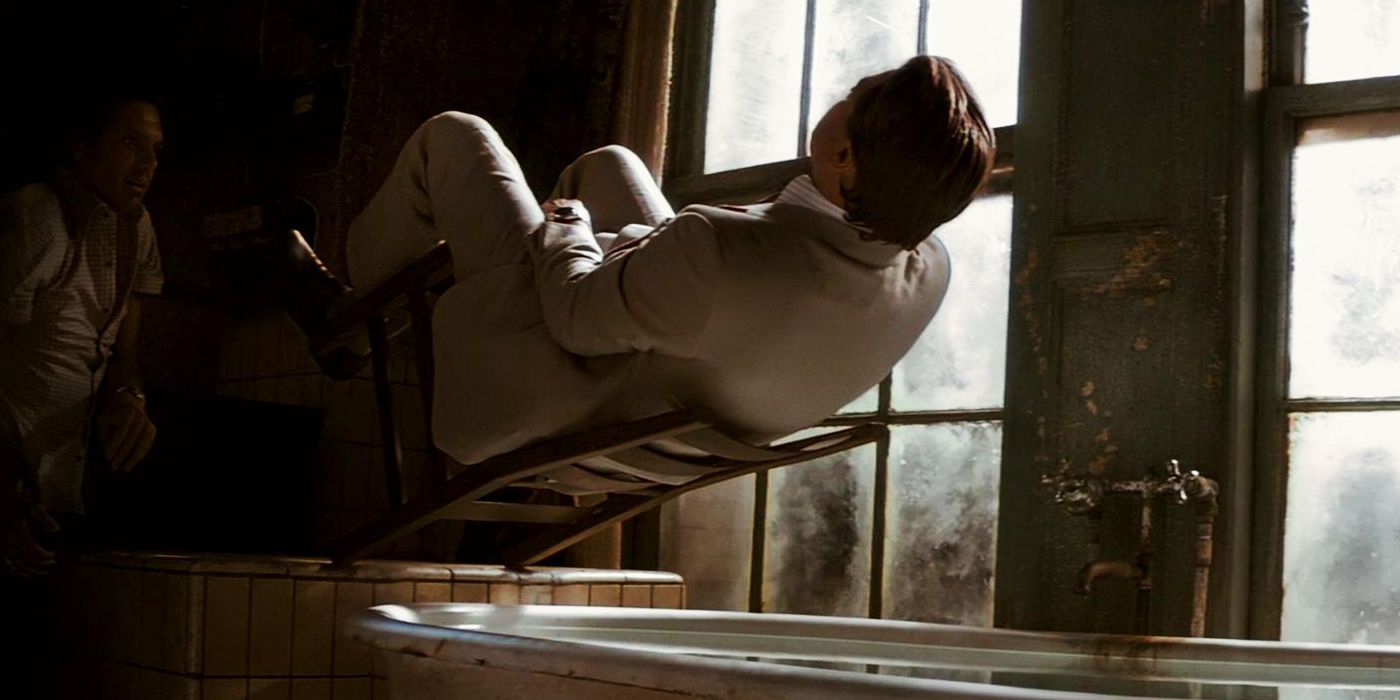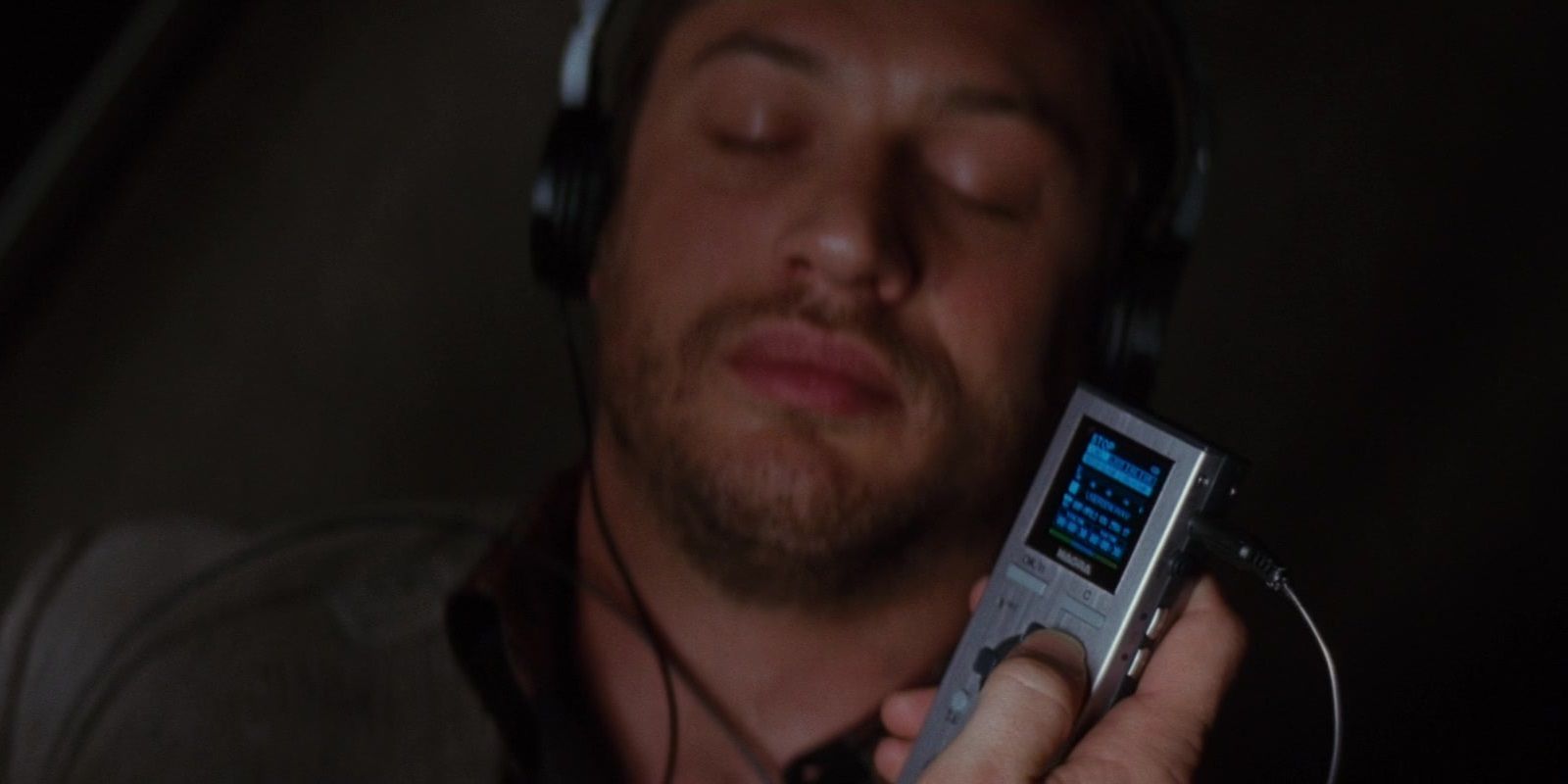Summary
- Inception’s ending leaves audiences guessing: Does the top stop spinning? Cobb doesn’t care as he goes to his kids.
- Nolan purposely leaves Inception’s ending ambiguous.
- Cobb walking away from the top signifies his reality shift.
The Inception ending sees Cobb pulling out his totem after returning home to his kids, yet cuts to black before it’s confirmed whether the top stopped spinning. One of the most iconic movie endings of all time, the final scene of Inception confirmed director Christopher Nolan’s unique approach to blockbuster storytelling. Cobb and his team succeed at performing an inception at Robert Fischer, but not without sacrifices. Both Saito and Cobb are initially sent to Limbo, with the former arriving there first and growing old due to the time difference. Still, Saito remembers his promise to Cobb when they reunite.
The final minutes of the movie see Cobb and the rest of the Inception cast waking up at the airplane with an uplifting Hans Zimmer track playing in the background. Fischer does not even suspect what was done to him, and Saito picks up the phone to honor his agreement with Cobb. After a few moments of tension, Cobb gets through immigration and finally returns to the United States. As soon as he arrives home, Cobb pulls out his totem. However, once he hears his children’s voices, Cobb doesn’t care whether the top stops spinning and goes straight to them.
Is Cobb Still Dreaming At The End Of Inception?
Whether The Top Stopped Spinning Is Inception’s Biggest Mystery
In Inception’s ending, Cobb’s wife Mal interferes with the final attempt to convince the target, Fischer, to dissolve his father’s empire to the benefit of their employer, Saito. She shoots Fischer, prompting the architect, Ariadne to take them down into Limbo to rescue Fischer’s damned consciousness. That in turn leads Cobb to confront Mal to overcome his trauma from her death while Fischer is revived, before DiCaprio’s hero then retrieves Saito, who is lost in Limbo himself. The mission is a success, and everyone seemingly returns to reality.
Cobb meets his father-in-law, Miles, at baggage claim, now free to enter the USA thanks to Saito’s influence. When they arrive home, Cobb can finally see the faces of his children, but before going to reconnect with them, he spins the spinning top totem established as his clue to whether he’s dreaming. Instead of watching whether it falls, Cobb goes outside to see his children and the top remains spinning as the camera cuts to black. Inception doesn’t reveal whether the top stops spinning, leaving the movie with an open ending.
Inception star Michael Caine revealed something of a behind-the-scenes trick to interpreting Inception‘s ending. In an old interview with Esquire, Caine, who plays Cobb’s mentor and father-in-law, revealed what Nolan told him when he struggled to understand Inception’s script:
“
When I got the script of Inception, I was a bit puzzled by it, and I said to (Chris), ‘I don’t understand where the dream is.’ I said, ‘When is it the dream and when is it reality
?’ He said, ‘Well, when you’re in the scene it’s reality.’ So, get that – if I’m in it, it’s reality. If I’m not in it, it’s a dream.”
Crucially, Caine’s Professor Stephen Miles is in Inception‘s final scene. That would suggest, at least by the rules Nolan established with Caine, that Inception‘s ending is set in reality and Cobb is not dreaming. However, Nolan’s note to Caine may not exactly apply to the end of the movie, whose true meaning goes beyond whether or not Cobb was dreaming.
Every Clue To Whether Cobb Is Still Dreaming In Inception’s Ending
Inception’s Ending Includes Lots Of Clues To Its True Meaning
After the scene that sees Cobb and Saito wake up from Limbo, Nolan very purposefully shifts Inception into an ambiguous state that leaves it open to the viewer’s perception and interpretation of that perception – two big themes of the movie, coincidentally enough. Arguably, Inception‘s ending is a conscious visual Limbo, designed to trap the viewer. From the moment Cobb and Saito wake, there is no more dialogue between the characters and few shots or images that would concretely explain or prove one interpretation.
If Cobb is still dreaming, that could mean his entire team and family are all projections. However, if the job has really been completed, everyone is back in reality and everything is happily ever after. There are problems with both outcomes, which is why Inception‘s ending can be so tricky to decipher. For example, it’s interesting to ponder whether Saito was truly powerful enough to make one phone call and end Cobb’s problems, or if that was just Cobb in Limbo projecting his subconscious wish to go home.
The fact that Cobb uses Mal’s totem could mean it doesn’t work as a totem and therefore he never knows if he’s in reality
Another interesting question is whether Mal’s father arranged to meet Cobb at the airport, or if he was there because Cobb was projecting what returning home would look like. At this point, there is a phone on the plane, so Cobb could’ve easily arranged for pickup. This was also an intricate plan they were hatching, so Cobb likely wouldn’t have overlooked a detail like this. In early dream scenes, Cobb is wearing a wedding ring that doesn’t appear in the “real world” scenes or the end scenes in the airport, which supports the idea that the ending is real.
The fact that Cobb uses Mal’s totem could mean it doesn’t work as a totem and, therefore, he never knows if he’s in reality. Still, the only people who know the weight and feel of that totem are Mal and Cobb, and since Mal is dead, Cobb is the only one left who knows the totem’s tactile details. Therefore, he could certainly use it as a measure of reality, the totem was not “ruined” by him using it.
In the end, Cobb’s kids seem to be the same age and are seemingly wearing the same clothes as they were in his memory, which could be proof he is still dreaming. There are two sets of actors credited with playing Cobb’s kids. The daughter, Phillipa, is credited as being 3 and 5 years old, while the son, James, is credited as being 20 months and 3 years old. While it might be subtle, there is a difference between the kids in Cobb’s memories and the kids Cobb comes home to.
How Christopher Nolan Explains Inception’s Ending
Inception’s Ending Is Purposely Ambiguous
Inception‘s ending is consciously ambiguous: Nolan intends for the audience to come away with questions and add their analysis. In an interview with EW, the director confirmed his interpretation of Inception’s meaning:
“
There can’t be anything in the film that tells you one way or another because then the ambiguity at the end of the film would just be a mistake … It would represent a failure of the film to communicate something. But it’s not a mistake. I put that cut there at the end, imposing an ambiguity from outside the film. That always felt the right ending to me — it always felt like the appropriate ‘kick’ to me….The real point of the scene — and this is what I tell people — is that Cobb isn’t looking at the top. He’s looking at his kids. He’s left it behind. That’s the emotional significance of the thing.”
Perhaps the totem featured so importantly in Inception‘s ending doesn’t matter. Inception is a film about misdirection, and about the dangerous power of ideas when implanted. At several points, the audience is reminded that Cobb is an unreliable narrator. His constructs and ideas are actively harmful. Joseph Gordon-Levitt’s Arthur remarks to Ariadne that even the seemingly immovable rules Cobb establishes are broken by the man himself. He is not to be trusted. Therefore, audiences shouldn’t necessarily trust what he sees at the end.
The deeper the characters go into a dream state, the faster their mind can imagine and perceive things within that dream state.
Fundamentally, Nolan introduces the idea of the totem, and its constancy, as the parasitic idea intended to commit inception on the audience. In Inception‘s opening, Cobb talks to Saito about the power of a simple idea: “Once an idea has taken hold in the brain, it’s almost impossible to eradicate.” And indeed, the whole principle of Inception‘s mind heist is about making the mark believe the idea was their own. In seeking to interpret the meaning of Inception‘s ending, the audience falls for the suggestion of the totem idea.
What Happens To Robert Fischer At The End Of Inception
The Inception Worked
Cobb (the extractor) and his team are con artists, and their job is to construct a false reality and manipulate it to confuse and/or fool a mark (in this case industrialist Robert Fischer, played by Cillian Murphy). Nolan takes the classic concept of a con man a step further by making Cobb and his team dream thieves, but in the end, the basic concept is still similar to that of a heist movie. Cobb and his team succeed at making Robert Fischer dissolve his father’s company and create his legacy out of love, not hate.
Inception Ending’s Dream Levels And Dream Time Explained
Inception’s Third Act Happens Across Three Levels
The dream within a dream process puts a person into a deeper state of dreaming. The deeper they go, the further removed their mind is from reality. The deeper a person sleeps, the harder it is to be woken up and the more vivid and real feeling a dream becomes. If they are in a deep enough sleep, not even the usual physical quest to wake up affects them, such as the sensation of falling (“the kick”) or even having to go to the bathroom.
Time is the other factor when considering Inception’s dream levels. The deeper the characters go into a dream state, the faster their mind can imagine and perceive things within that dream state. They are told the increase is exponential, so going deeper into dreams turns minutes into hours, days, and years. This is why Cobb and his team can pull off the Fischer job while the van is still falling through the air before the soldiers break into the snow fortress before Arthur rigs the elevator, and all within the span of a flight from Sydney to LA.
Once the tri-level dream sequence starts, one good way to keep track of the dreamers is by noticing which team member stays awake and doesn’t follow the team down to the next level of dreaming – a dreamer can’t enter a lower dream state, otherwise their level of the dream would end. It’s important to understand who is actually dreaming every Dream level in Inception‘s Fischer con:
- The rainy city – Yusuf the chemist (Dileep Rao) is dreaming at this level. Yusuf is drinking a lot of champagne in the “real world” on the plane, so when he goes to sleep he has to pee (hence the rainfall). Since Yusuf is the dreamer of level 1, he has to stay in that level of the dream, hence why he has to drive the van.
- The hotel – Arthur (Joseph Gordon Levitt) dreams of the hotel, which is why he has to stay awake when the rest of the team goes down to the snow level. When the van Yusuf is driving goes off the bridge and flies through the air, Aurthur’s “body” is suspended in the air in one of Inception‘s best scenes. which is why gravity in the hotel level of the dream goes haywire – as the dreamer’s body is shifted and moved, it affects the physics of the dream he’s dreaming, since the mind (and inner ear) is registering the change in gravity.
- The snow fortress – Eames the “Forger” (Tom Hardy) is dreaming this level of the dream. A question has been raised about why the gravity in the snow world doesn’t go haywire when Eames’ body starts floating in the zero-gravity hotel. Eames’ body isn’t being shaken up or shifted in any way his mind (or inner ear) would actively register or that being so deep in a dream state cushioned Eames from the effect of gravity. Truthfully, it’s questionable.
- Limbo – Limbo is an unconstructed dream space – a place of raw (and random) subconscious impulse. Ariadne drops a line early on about the fact that the extractor team can bring elements of their subconscious into the dream levels if they’re not careful, and since Cobb has spent time in Limbo and has a raging subconscious, the Limbo space they enter includes his memory of the city he and Mal built for themselves.
Why Saito & Cobb Are In Limbo At The End Of Inception
Cobb Returns To Limbo To Find Saito
By the time they reach the Limbo state, it can be so difficult to wake, and the dream can feel so vividly real, that the mind stops trying to wake at all – the mind accepts the dream as its reality, like slipping into a coma. Then, when they wake up in Limbo, they don’t remember that there is such a thing as a “real world” – as in any dream, they wake up in the middle of a scene and accept it for what it is. Breaking out of this cycle is difficult, which is why Cobb and his wife Mal were trapped in Limbo for decades.
In Limbo, the mind works so fast that actual minutes can be interpreted as years gone by. When Saito “dies” from the gunshot wound he received on level 1 of the dream, his mind falls into Limbo, and Saito remains there for the minutes it takes Cobb and Ariadne to follow him into Limbo – those minutes in one dream state feel like decades to Saito in his Limbo state.
By the time Cobb deals with expelling Mal’s “shadow” from his subconscious, Saito has begun to perceive himself as an old man. During the film’s climax, Mal’s shadow stabs Cobb back out into Limbo and onto the shores of Saito’s Limbo house. When Cobb has to “wake” again in Limbo, his mind is muddled just like old man Saito’s brain.
Through Saito’s memory of Cobb’s totem and some shared dialogue that included key trigger phrases – “Leap of faith,” “Old man full of regret, waiting to die alone,” etc. Cobb and Saito remember the meaningful conversations they had and that there is a reality they existed in before Limbo, where both of them had deep desires still waiting to be fulfilled (Cobb and his kids, Saito and his business). Once they remember that Limbo is Limbo, they can wake themselves up by killing themselves.
The Role Of Every Inception Character In The Movie’s Ending
The extractor is a master con man, a person who knows how to manipulate a dreaming mark into revealing their deepest mental secrets. At heart, an extractor is a classic con man – he creates a false set of circumstances that manipulate the mark into revealing his secrets. Cobb uses the same type of con man repertoire as George Clooney in Oceans 11 – only Cobb knows how to do his work on a subconscious level. Fancy premise aside, Cobb is the classic con man.
|
Inception Cast |
|
|---|---|
|
Actor |
Character |
|
Leonardo DiCaprio |
Dom Cobb |
|
Ken Watanabe |
Saito |
|
Joseph Gordon-Levitt |
Arthur |
|
Marion Cotillard |
Mal |
|
Elliot Page |
Ariadne |
|
Tom Hardy |
Eames |
|
Cillian Murphy |
Robert Fischer |
|
Michael Caine |
Stephen Milles |
The Architect
The architect is the designer of the dream constructs into which an extractor brings a “mark.” Comparing it to a video game, the Architect is the designer, except in this case, they create the “levels” within a dream, complete with all the aesthetic and tactile details. The mark is brought into that dream construct and fills it with details from their subconscious and memories, which convince the mark that the dream the architect built is real – or at the very least, is the mark’s dream.
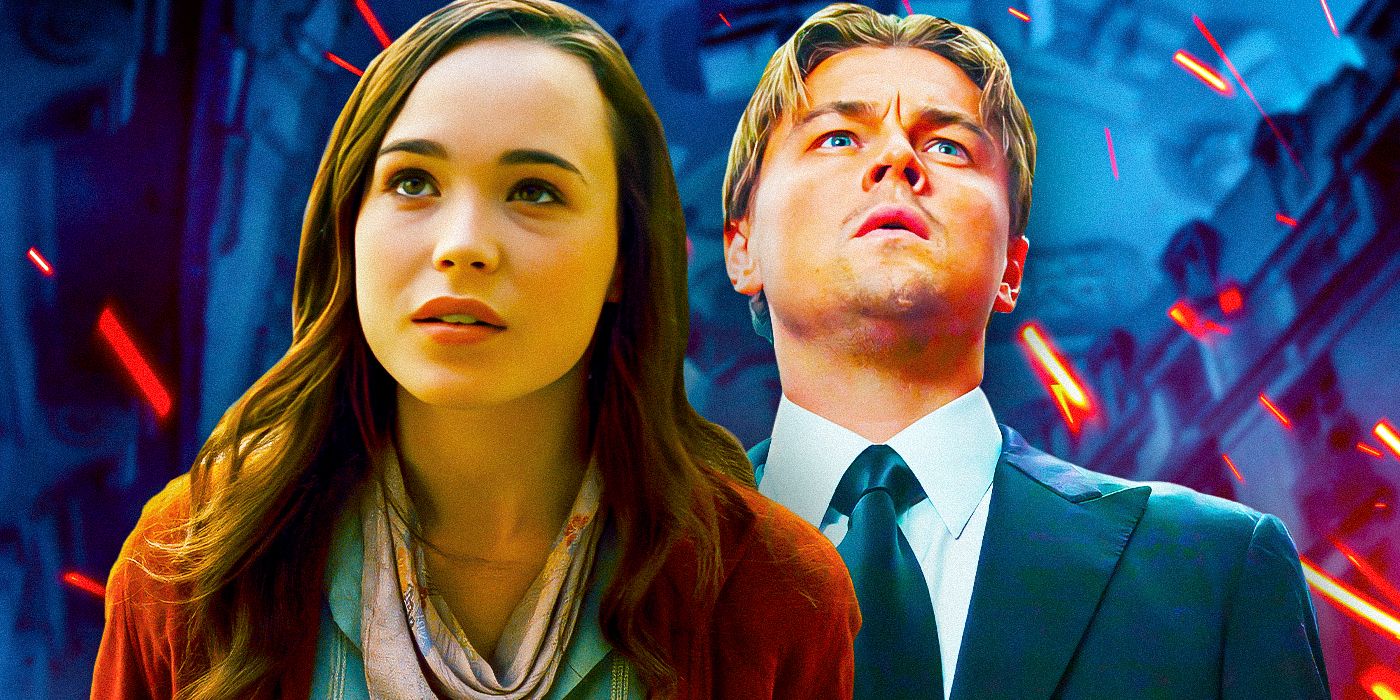
Related
Inception’s 8 Best Scenes, Ranked
Although Inception is visually stunning and unforgettable throughout, there are specific scenes that shine as the film’s best moments.
The architect can manipulate real-world architecture and physics to create paradoxes like an endless staircase, which makes the dream world function as a sort of maze. The dream is constructed as a maze so that the mark doesn’t reach the edge of the maze, realizing that they are in an imaginary place. Additionally, the levels have to be designed in a way that the mark runs the maze, leading the extractor toward the mental secrets the mark is protecting. This is why Ariadne had to enter all three levels for the mission to work.
The Dreamer
The architect and the dreamer are not always the same person. The architect designs the dream world/maze and can then teach that maze to a separate dreamer. The dreamer in Inception is the person whose mind houses the dream, and it is the dreamer’s mind that the subject/mark is ultimately brought into to be conned by the extractor. The dreamer allows the mark to fill their mind with the mark’s subconscious.
Unless the dreamer maintains the stability of the dream, the target’s subconscious will realize it’s been invaded by the outside mind(s) and will try to locate and eliminate the dreamer to free itself. When getting into the whole dream within a dream aspect of the movie, identifying the dreamer can be tricky – this is especially true when Cobb and his team start running their con on Fischer using three separate levels of dreaming.
The Mark
The mark (Cillian Murphy’s character), or the target, is the person the extractor and his team are trying to con. Fischer is brought into the mind of the dreamer, and since the mark is unaware he/she is dreaming, they perceive the dreamer’s world as real while simultaneously making it feel real to themselves by filling it with details and secrets from their subconscious. The extractor uses those details and mental prompts to steer the mark through the dream world maze, towards the mental secrets the extractor wants to steal.
As stated, the mark thinks he is still awake, perceives the dream world as real, and reinforces that notion by “projecting” his conscious view of the world onto the dream – this is why projection people populate the dream cities, etc. Because of the extractor’s manipulations, Fischer goes along with the faux reality of the dream, ultimately reaching the point where they either realize it’s a dream or open their mind and reveal their secrets.
Projections
Dreams feel real when a person is dreaming and part of the reason for that is their mind’s ability to construct a faux real-world setting for them to interact within dreams. Often, that dream is something like a city or any populated area that has other people walking around it. In Inception, those people that the unknowing mark populates the dream world with are known as “projections.” As is explained in the film, projections are not part of the subject’s mind – they are manifestations of their vision of reality. Cobb’s projection of Mal becomes the movie’s ultimate villain.
If a target has been trained to defend themselves against extractors, they have a part of their subconscious that is always on guard against mind crime in the form of militarized security which attacks mind invaders. In Cobb’s case, Mal (“the shade”) is a projection based on his need to remember his dead wife. Mal wanted Cobb back in Limbo – his subconscious trying to pull him back to a place where he could “be with her.”
The Forger
As in “forgery,” Eames is a master of imitating people’s handwriting, mannerisms – and in the dream world, even their very appearance. This is key to Cobb’s plan: on dream level 1 (the rainy city) Eames impersonates Peter Browning (Tom Berenger), Robert Fischer’s closest advisor. Using Browning’s image, Eames subtly suggests things to Fischer that fool Fischer into creating his subconscious version of Browning (seen in dream level 2, the hotel). Lastly, in level 3, the snow fortress is used to perform the inception of the idea Saito wanted Cobb to plant.
Mal (And Her Shadow)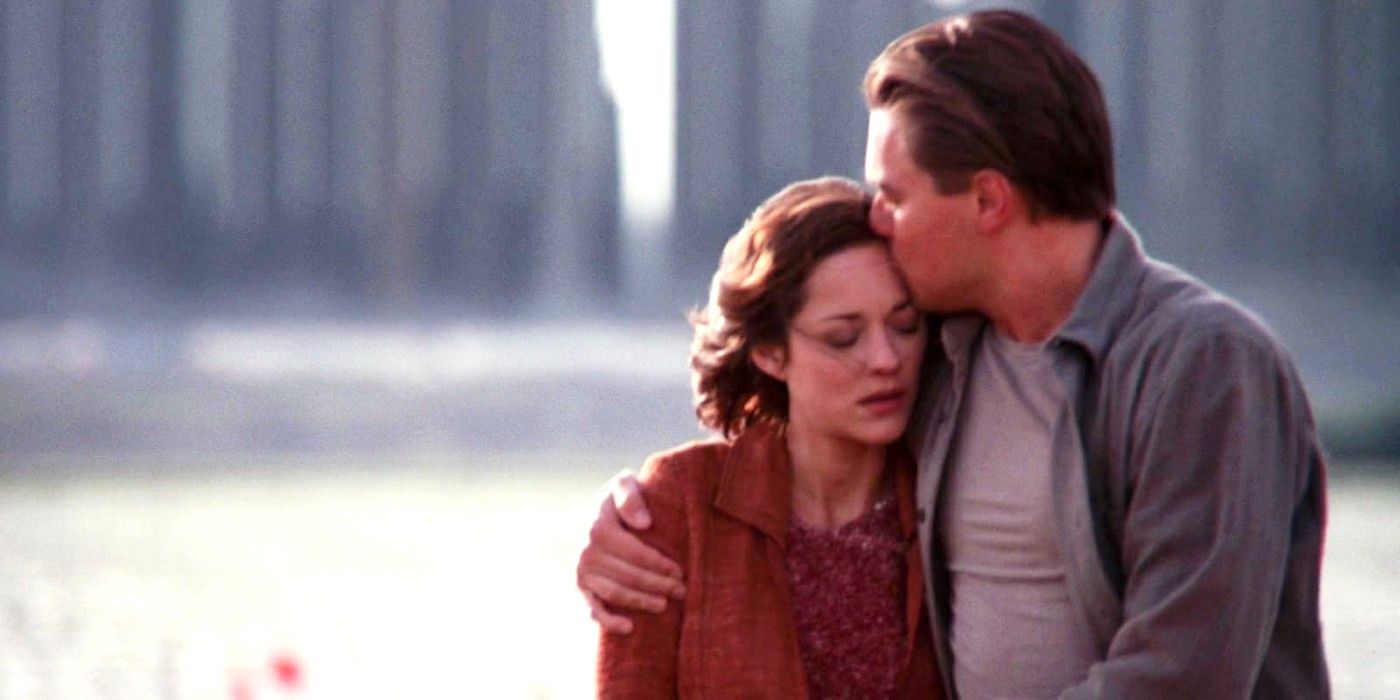
Mal is the character who acts as a vessel for all the more complex notions and questions about reality the film raises. Mal not only thought but felt Limbo was real – it fed her emotionally and made her happy. When Cobb planted the idea that “Your world is not real” in her mind, he only meant for it to wake her from Limbo. Instead, what he did by allowing that idea to take root in her mind was to destroy that sense of fulfillment and connection she once had – and once it was destroyed, it couldn’t be repaired.
Even with her husband and children back together, Mal couldn’t access that emotional love and connection. Because of the inception performed in her, Mal couldn’t value love or connection because a fake reality only offered fake connections and emotions. Only her love with Cobb was real anymore. She needed to keep trying to reach some higher state to be happy again. Thinking Cobb is lost in a faux reality, she arranges the hotel suicide and murder implication to force Cobb to follow her.
Throughout the film, Cobb continues to obsess about spinning the top and verifying reality.
The idea Cobb implanted in Mal’s head led her to her death, and the guilt of that act led Cobb to create a shadow of her in his subconscious. Before Inception‘s ending, Mal throws deep questions at Cobb, asking if having faceless corporations chase somebody isn’t another dream state. She questions the nature of reality and whether the faux reality of movies isn’t a dream state where fantastic things occur – an imagined place people share and perceive differently and fill with subconscious views and interpretations.
What Inception’s Ending Really Means
Inception’s Ending Is Much More Than Just The Spinning Top
Several compelling theories about the Inception ending have taken over the Internet since 2010, with most of them focusing on whether Cobb was still in a dream, or whether he returned to his children in the “real world.” Inception’s ending is meant to leave viewers thinking and questioning the nature of reality. The important question is not just “Is Cobb still dreaming?” What is important is that Cobb goes from being a guy obsessed with “knowing what’s real” to being a person who accepts what makes him truly happy as what’s real.
In the end, Cobb walking away from the top is a statement that completes the arc of his character.
At the beginning of Inception, after the first job that Cobb’s team tries to pull on Saito, the movie sees Cobb sitting in his hotel room alone, spinning the top and watching it intently, gun in hand. This is a man willing to take the most dramatic solution if the top keeps spinning, to “wake himself up.” That’s how obsessed and paranoid he’s become. Throughout the film, Cobb continues to obsess about spinning the top and verifying reality.
At the end of the movie, he spins the top and walks away before verifying if it stops spinning or not. His kids come running in and Cobb doesn’t care about the top or “true reality” or extraction/inception anymore. He just wants to be with his children. That emotional connection and desire is “reality” for him. In the end, Cobb walking away from the top is a statement that completes the arc of his character. Inception is a maze designed to plant a simple idea in the viewer’s mind: “Reality” is a relative concept.
How The Inception Ending Was Received
Inception Is Possibly Christopher Nolan’s Best Ending
Ambiguous movie endings are often controversial as the audience tends to want concrete answers, but Inception bucked that trend with a rare movie ending that is ambiguous yet satisfying. Audiences embraced the excitement of not truly knowing what the ending meant and enjoyed the debate over reality versus the dream. Part of this is achieved through how invested the audience is in that final moment. Christopher Nolan forces the audience to focus on this one image of the top spinning, with the anticipation over waiting for it to stop adding a thrill to the final moments.
Nolan is no stranger to memorable movie endings. He has delivered some iconic twists with the endings of The Prestige and Memento, while also delivering impactful and powerful closing moments in the likes of Oppenheimer and The Dark Knight. However, Inception might be his most talked-about ending simply because it is designed to generate conversation. People discuss the possibilities of the final shot, not in frustration, but with fascination, which speaks to the effectiveness of the overall movie.
There is also the group of viewers who don’t feel that the ending of Inception is ambiguous and they react differently to those final moments. These fans feel the answer to the question isn’t important, but rather the fact that Cobb doesn’t choose to confirm he is in reality. It is similar to another iconic ambiguous ending with The Thing. The long-debated question of whether Childs is the alien doesn’t actually matter, but rather the distrust suggested by the ending. Inception‘s ending speaks to Cobb’s journey, delivering an emotionally satisfying end.



